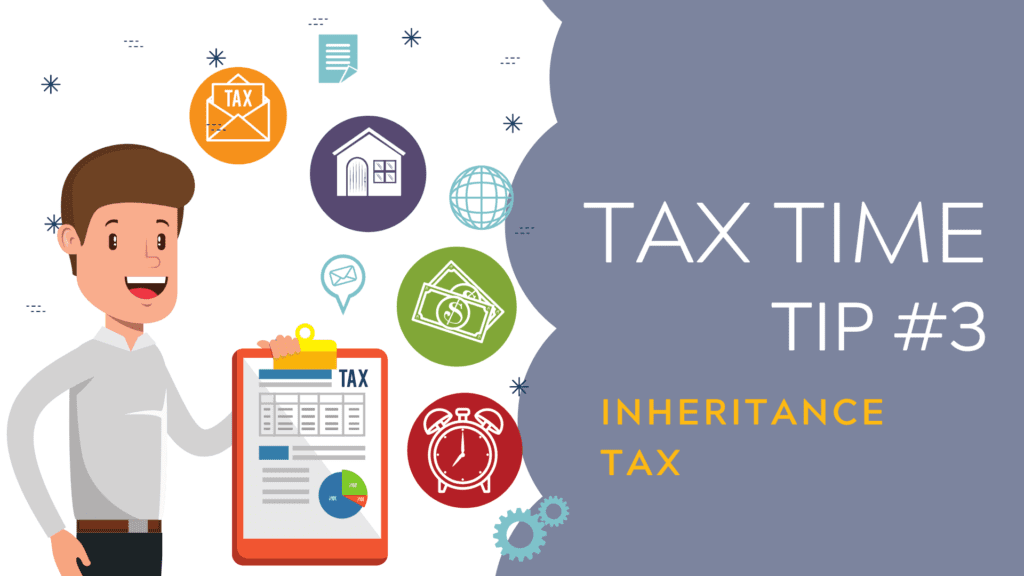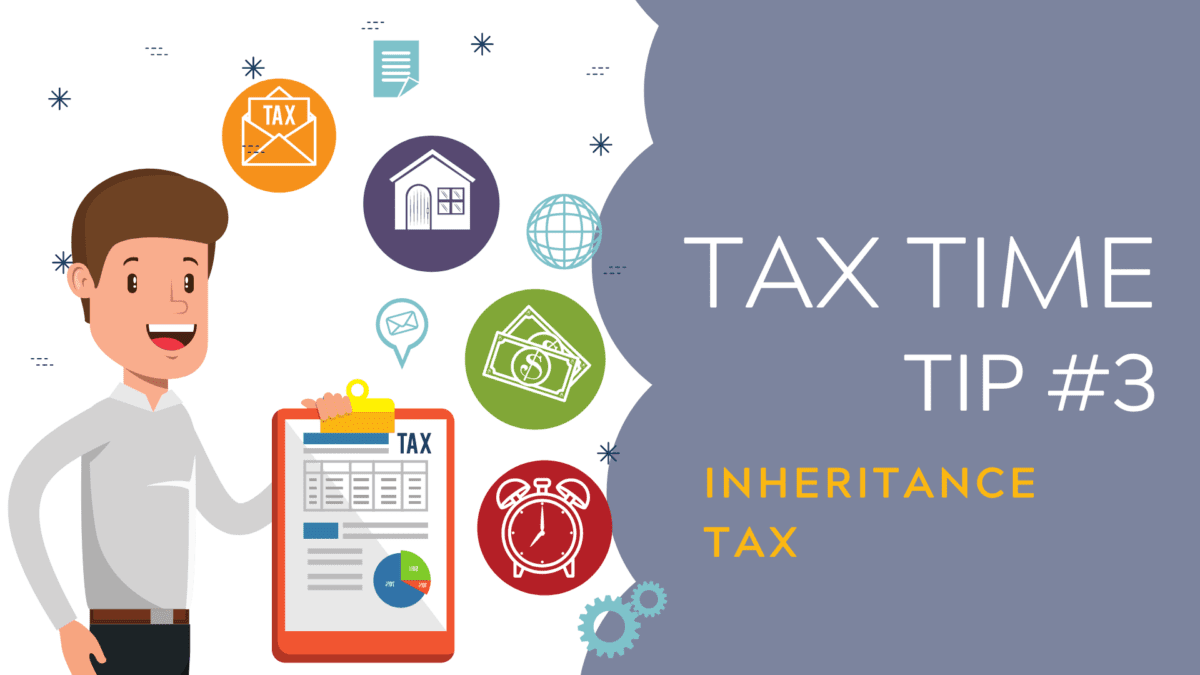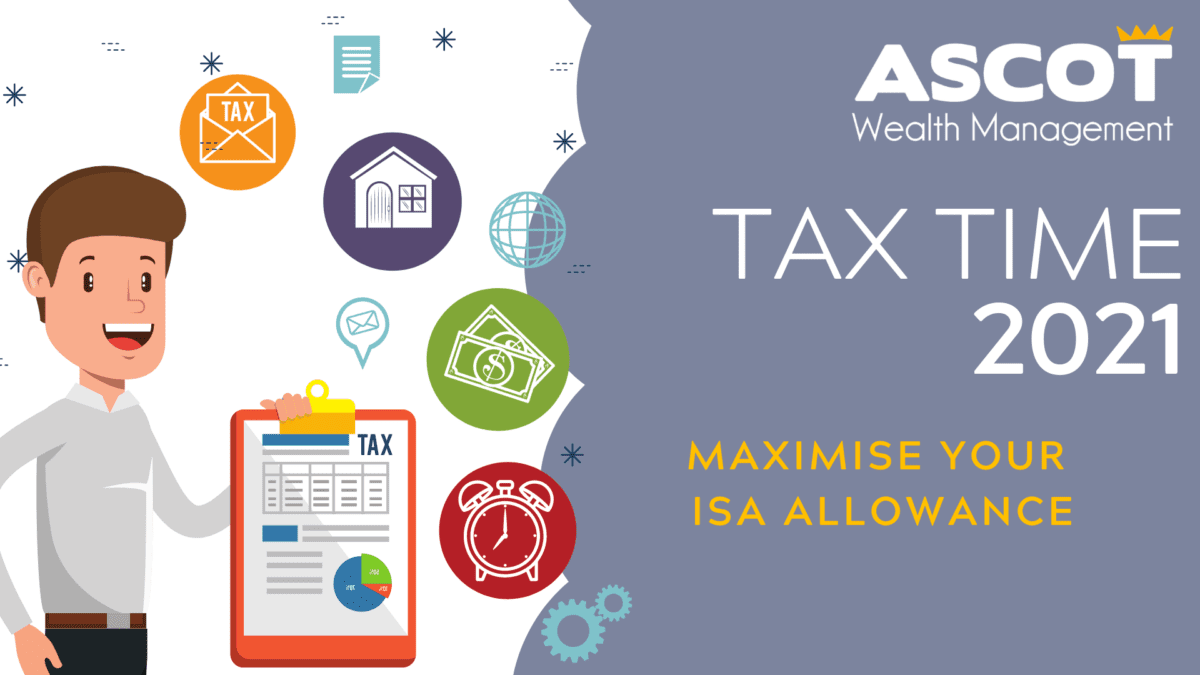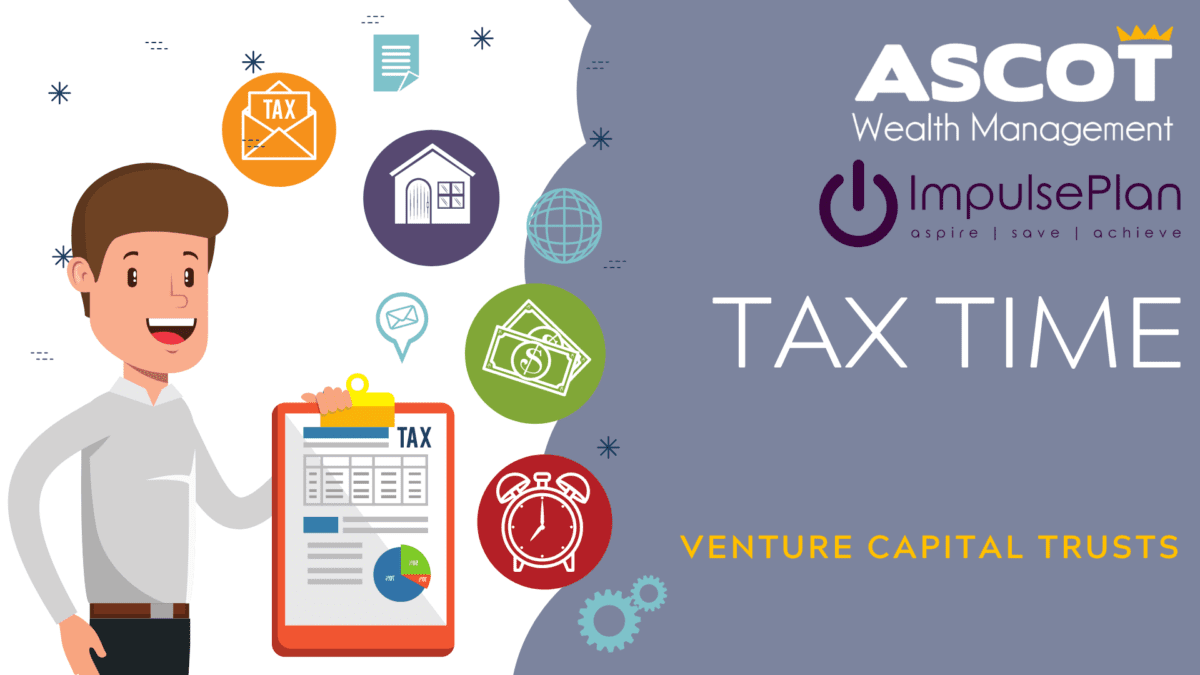Tax Tips with AWM: IHT

This is Tip #4 of the blog series with the main topic of Pre-Tax-Year-End tax planning. If you missed Tip #1,#2 and #3 on Venture Capital Trusts and Enterprise Investment Schemes and How to maximise your allowances, head over to our blog page.
The tax tips are to help make sure that you best utilise your Tax-Year-End options and today we focus on Inheritance Tax
What is Inheritance Tax (IHT)?
Inheritance Tax (IHT) is a tax on the estate (the property, money and possessions) of someone who has passed away.
How much IHT will I pay?
The current rate of IHT is 40%, each individual has a basic nil rate band of £325,000. There are various scenarios where this may not hold true, you may have an additional nil-rate band from either your late spouse or passing your main residence to a direct decedents. You may also have a reduced nil-rate band from gifts made throughout your lifetime.
We are experts in this field so click below for one of our advisers to give you an estate appraisal.
Residence Nil Rate Band (RNRB)
The Residence Nil Rate Band (RNRB) – also known as the home allowance -has been introduced recently. Provided certain conditions are met, the home allowance gives you an additional allowance to be used to reduce any IHT liability against your home.
The RNRB allowance is currently £150,000, but it will rise to reach £175,000 in 2020/21.
IHT Gifts, Reliefs & Exemptions
Some gifts and assets are exempt from IHT, such as wedding gifts and charitable donations. Relief might also be available on certain types of property such as farms and business assets.
You can gift up to a value of £3,000 each tax year, click below to find out more on how we can help you optimise your gifting allowance.
*utilising these allowances are provider timeline dependent.











